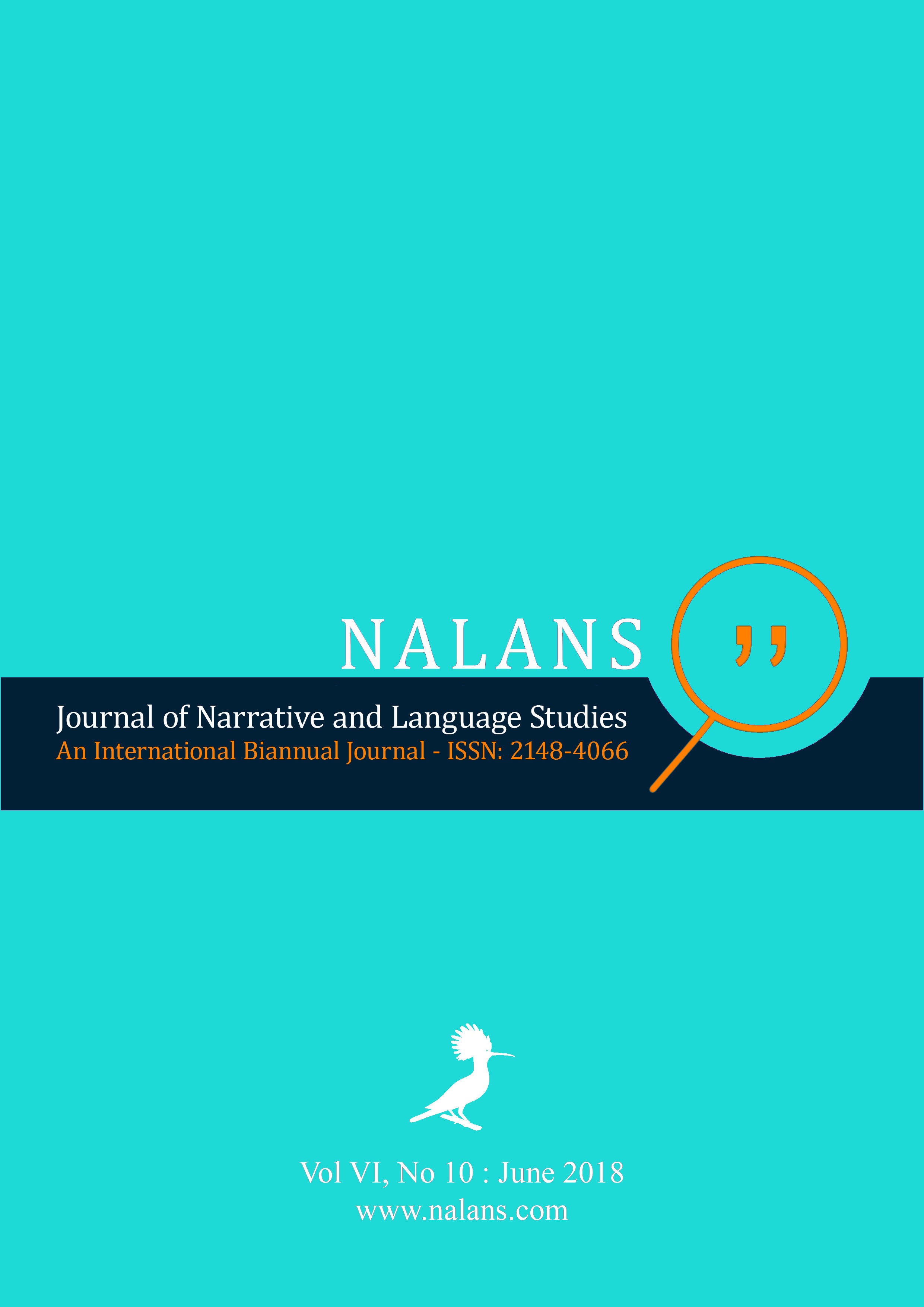Painting as Performance: The Work of Cornelio Campos
Abstract
The paintings of Cornelio Campos, a Mexican-American artist and resident of Durham, North Carolina (USA), whose art expresses the geopolitical and human implications of migration, immigration, and U.S. immigration policy, exercises a particular kind of persuasive force when read through the lenses of authenticity and performance. The combination of thematic and stylistic elements that he uses connect his political and his folkloric art. At the same time, I argue, Campos’ aesthetic choices activate the network of positions that connect artist, artwork, and viewer in such a way that shifts the object of contemplation from the painting and onto the process of dialogue among artist, artwork, and spectator that that occurs during the act of contemplation.
References
Campos, C. (2011). Sueños Americanos. Edited by L. Griest. Catalogue published as reference for exhibit. Chapel Hill: University of North Carolina.
Campos, C. (2018, April 1). Personal interview.
Newman, G. E., & Smith, R. K. (2016). Kinds of Authenticity. Philosophy Compass, (11)10, 609–618.
Pippin, R. (2005). Authenticity in Painting: Remarks on Michael Fried’s Art History. Critical Inquiry, 31(3), 575–598.
Sandoval, C. (2000). Methodology of the Oppressed. Minneapolis: University of Minnesota Press.
Schechner, R. (2013). Performance Studies: An Introduction. London: Routledge.
Taylor, D. (2003). The Archive and the Repertoire. Durham: Duke University Press.
Valdivia, G., Palis, J., & Reilly, M. (2011). Borders, Border-Crossing, and Political Art in North Carolina. Southeastern Geographer, 51(2), 287–306.




